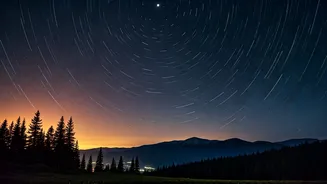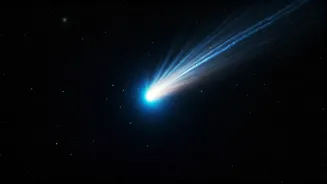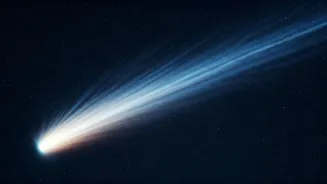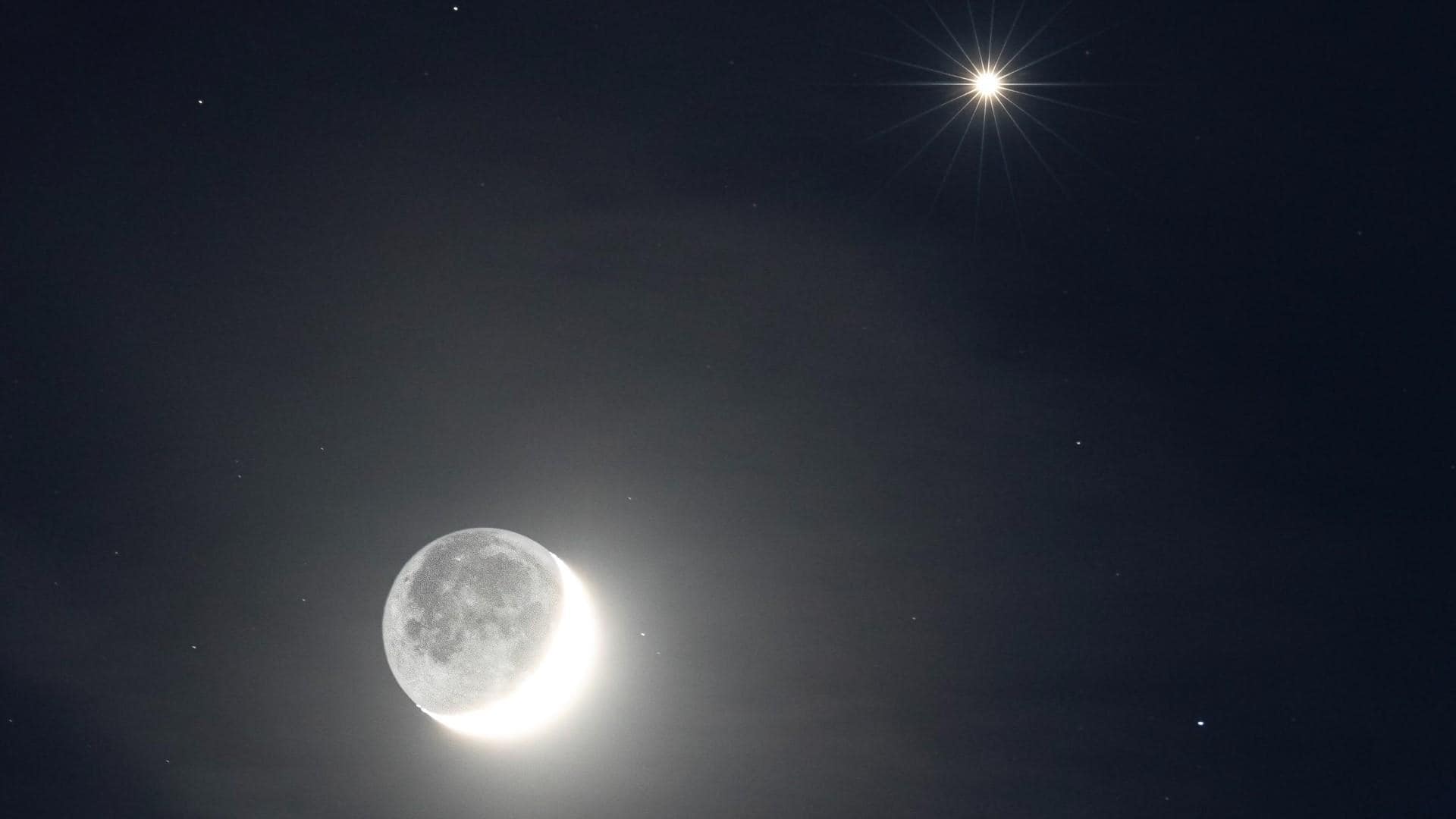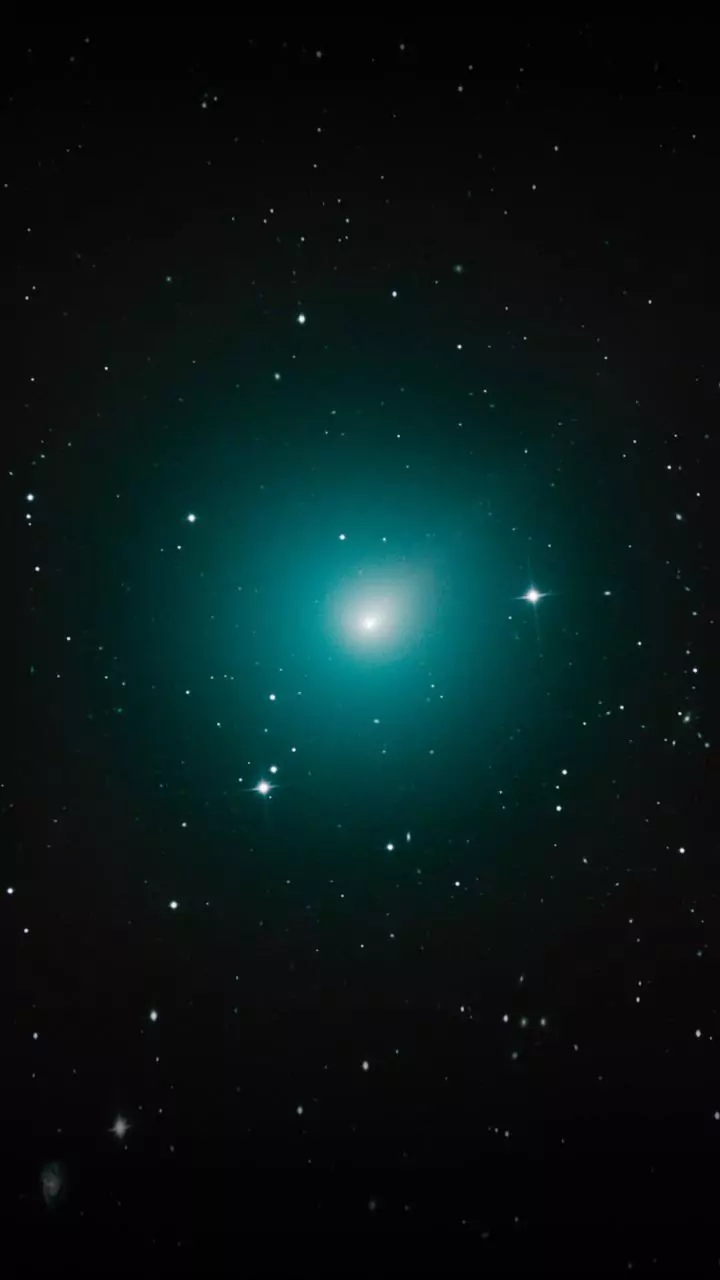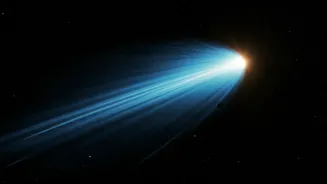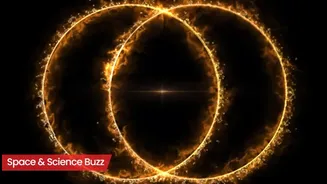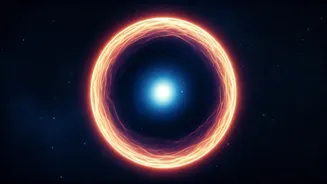Orionid's Celestial Dance
The Orionid meteor shower is an annual celestial event, resulting from the Earth passing through the debris left by Halley's Comet. These meteors are known
for their speed, with particles entering Earth's atmosphere at roughly 148,000 mph (238,000 km/h). This high velocity makes them some of the fastest meteors seen each year. The shower's radiant, the point in the sky from which the meteors appear to originate, is near the constellation Orion, hence the name. The Orionids are typically visible in both the Northern and Southern Hemisphheres, offering a broad viewing opportunity. The peak of the shower is often the most spectacular time to observe these meteors.
Spotting the Show
To fully enjoy the Orionid meteor shower, observing from a location away from city lights is crucial. Light pollution can significantly reduce visibility, so finding a dark spot, like a park or rural area, is ideal. Allow your eyes approximately 20-30 minutes to adjust to the darkness for enhanced viewing. Comfortable attire and a blanket or chair will improve your experience during the often-chilly night. While the radiant point in the constellation Orion is the source, meteors can appear anywhere in the sky. Keeping the gaze wide is the key, and patience is rewarded. The shower is most active just before dawn.
Peak Viewing Times
The peak of the Orionid meteor shower is the time when the greatest number of meteors are visible. The exact timing can vary slightly from year to year, but it typically occurs around mid-October. The hours just before dawn are frequently the best time to see the meteors. Observing during this time allows you to view more meteors as the Earth rotates toward the direction of the comet debris. However, meteors can be seen throughout the night, with varying levels of activity. Checking astronomical websites and apps before viewing is useful to get the most accurate peak times and any specific viewing advice for your region.
How to Prepare
To maximize your viewing of the Orionids, planning is essential. Check the local weather forecast before you go; clear skies are necessary to see the meteor shower. Choose a date near the peak for the highest possible rate. Once you're at your chosen viewing location, set up your space away from any immediate light sources. Avoid using bright lights like phones until absolutely necessary, as they can ruin night vision. Pack warm clothing, as temperatures usually drop at night. Bring snacks and drinks. Remember that the display is a natural phenomenon; even with preparation, the actual number of meteors visible can vary depending on conditions.
Witnessing the Event
Witnessing the Orionid meteor shower is a simple and rewarding experience. No special equipment is required; your eyes are sufficient. Position yourself comfortably, and look up towards the sky. The meteors appear as bright streaks of light. Watching for an extended time increases the chance of seeing more meteors. It can be a very calming experience to sit, observe, and appreciate the universe's beauty. Even if you only see a few, the spectacle of a meteor lighting up the night sky is unforgettable. Share the experience with friends or family, making the event even more special.
